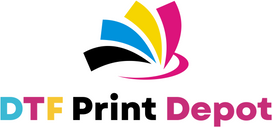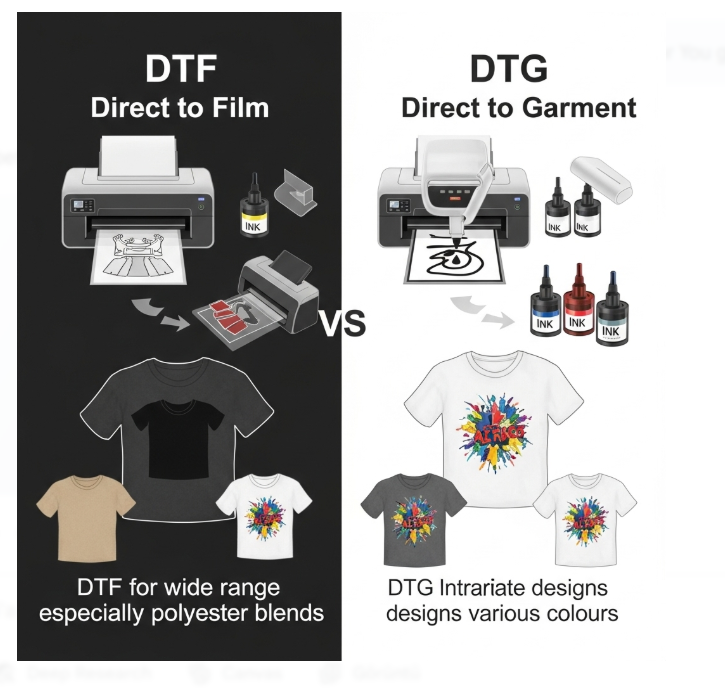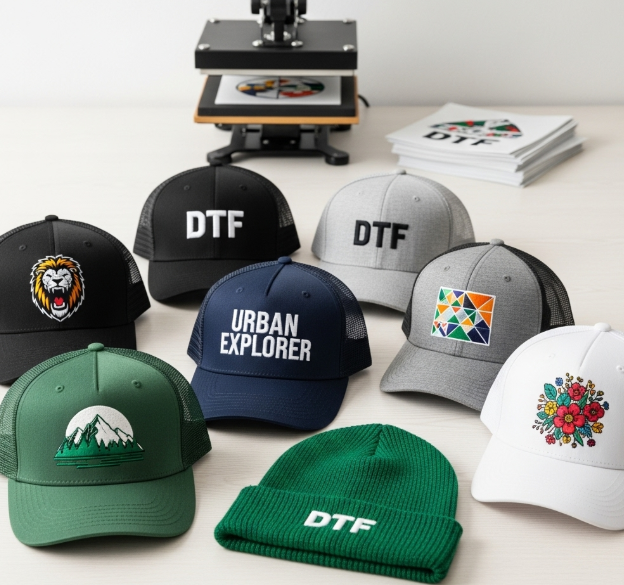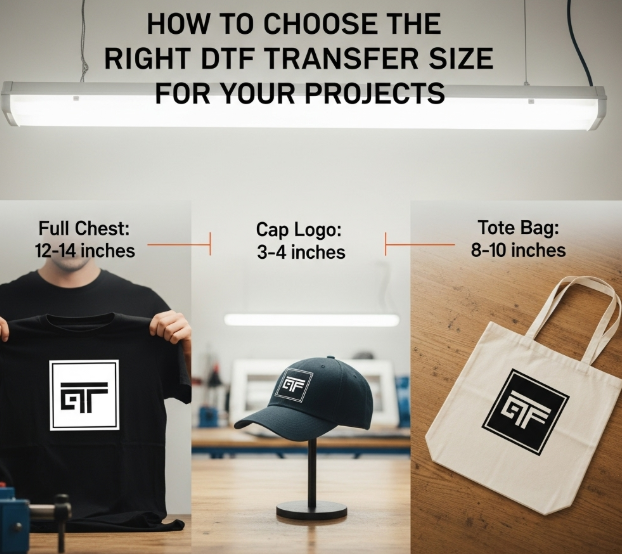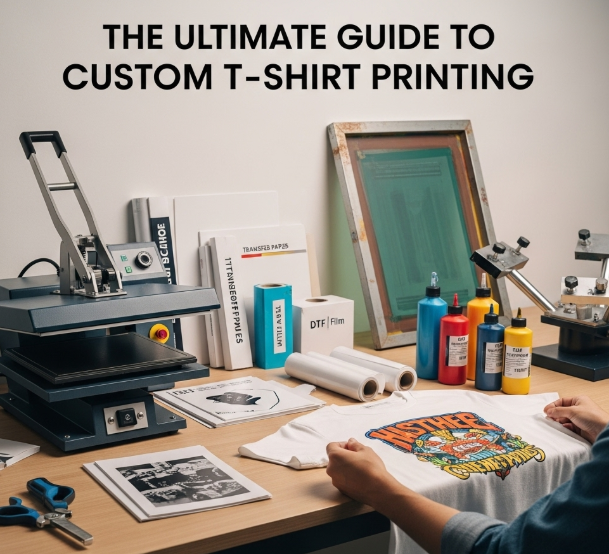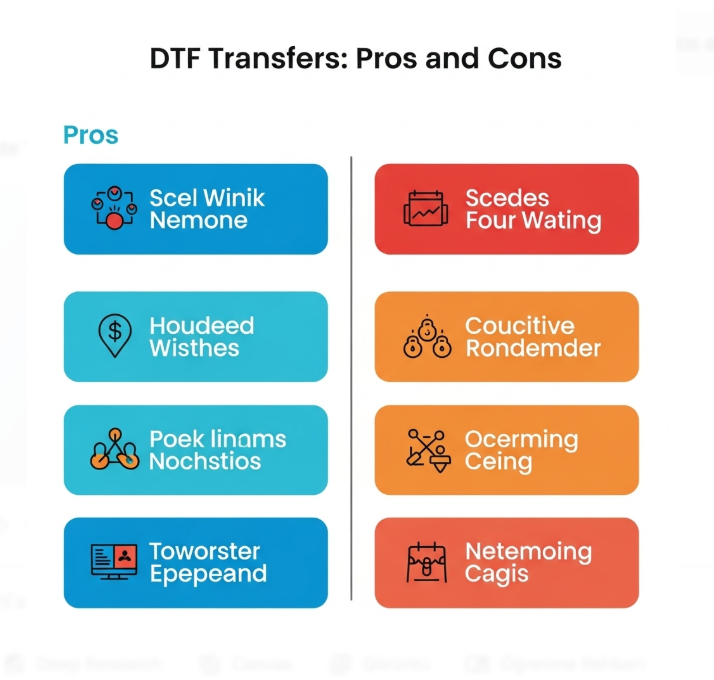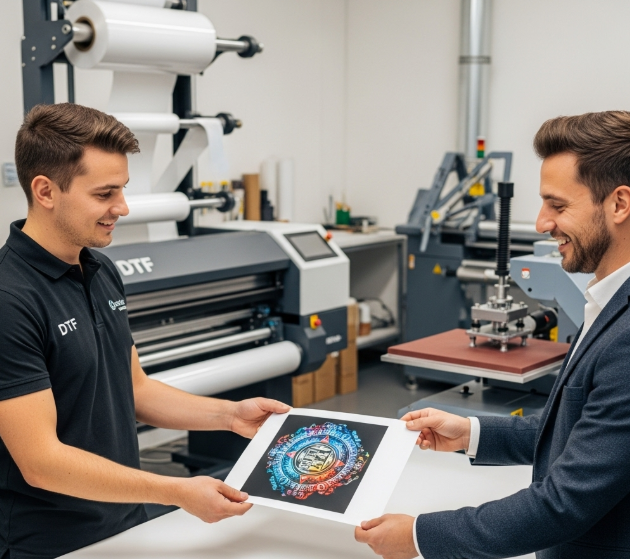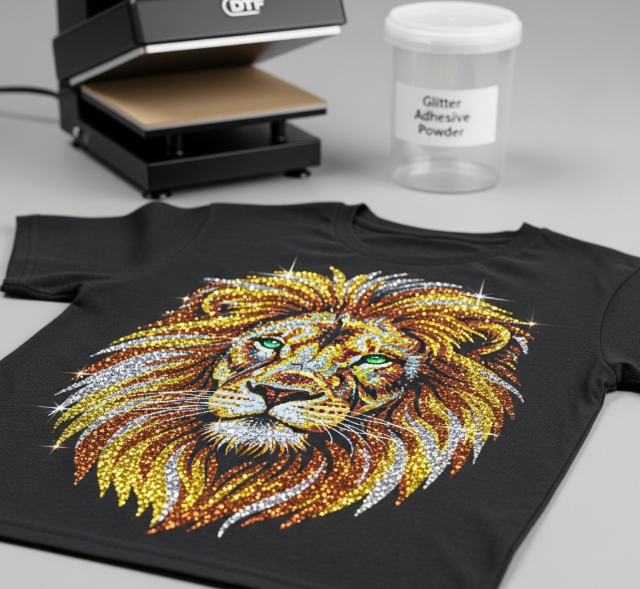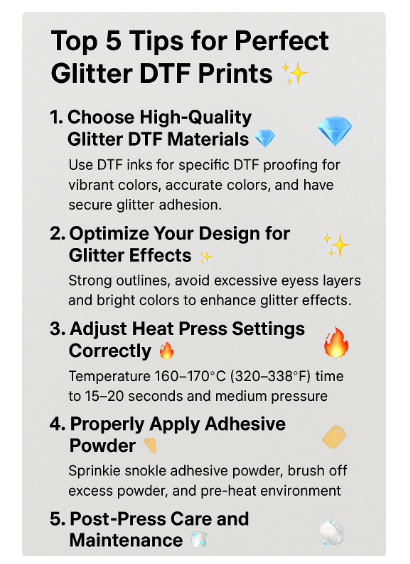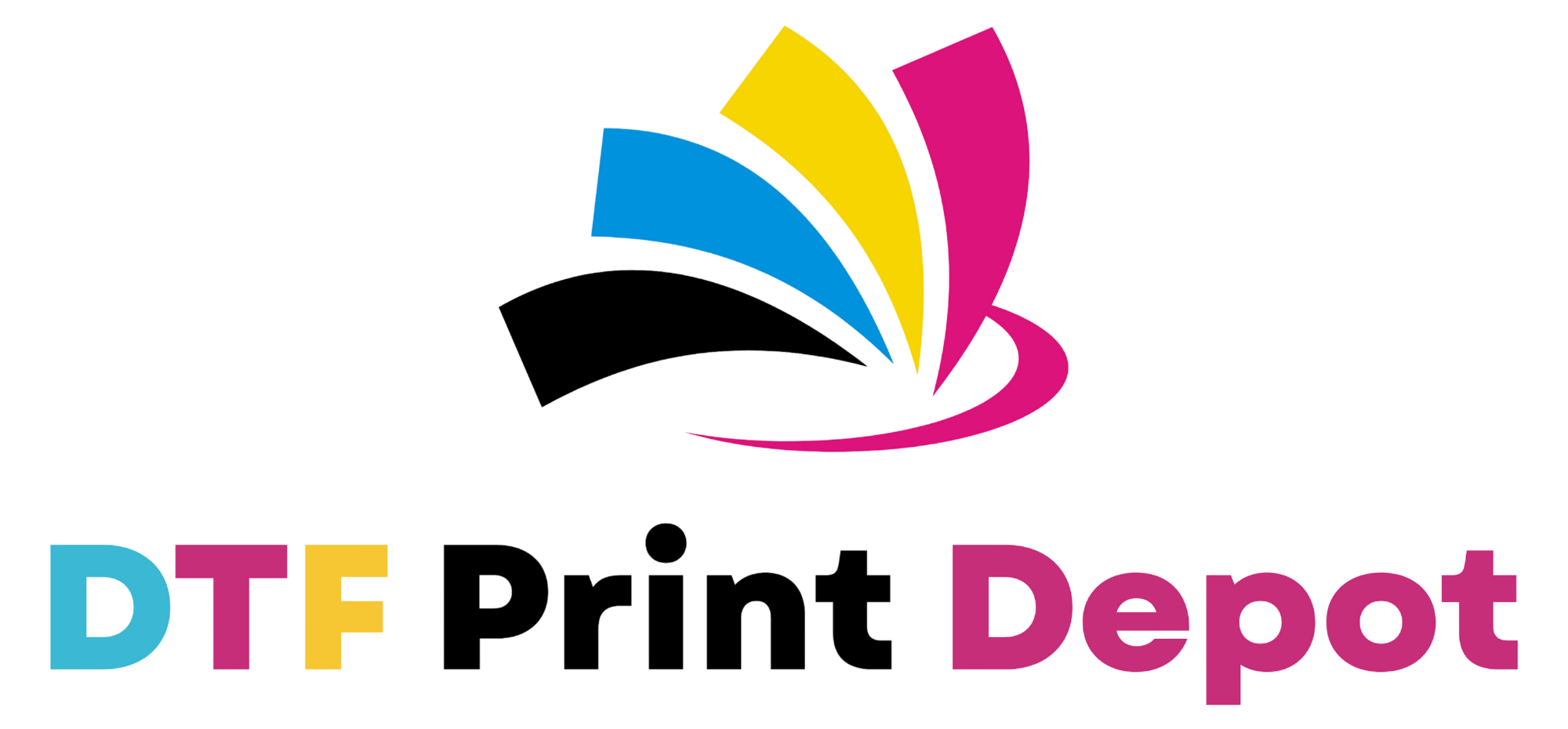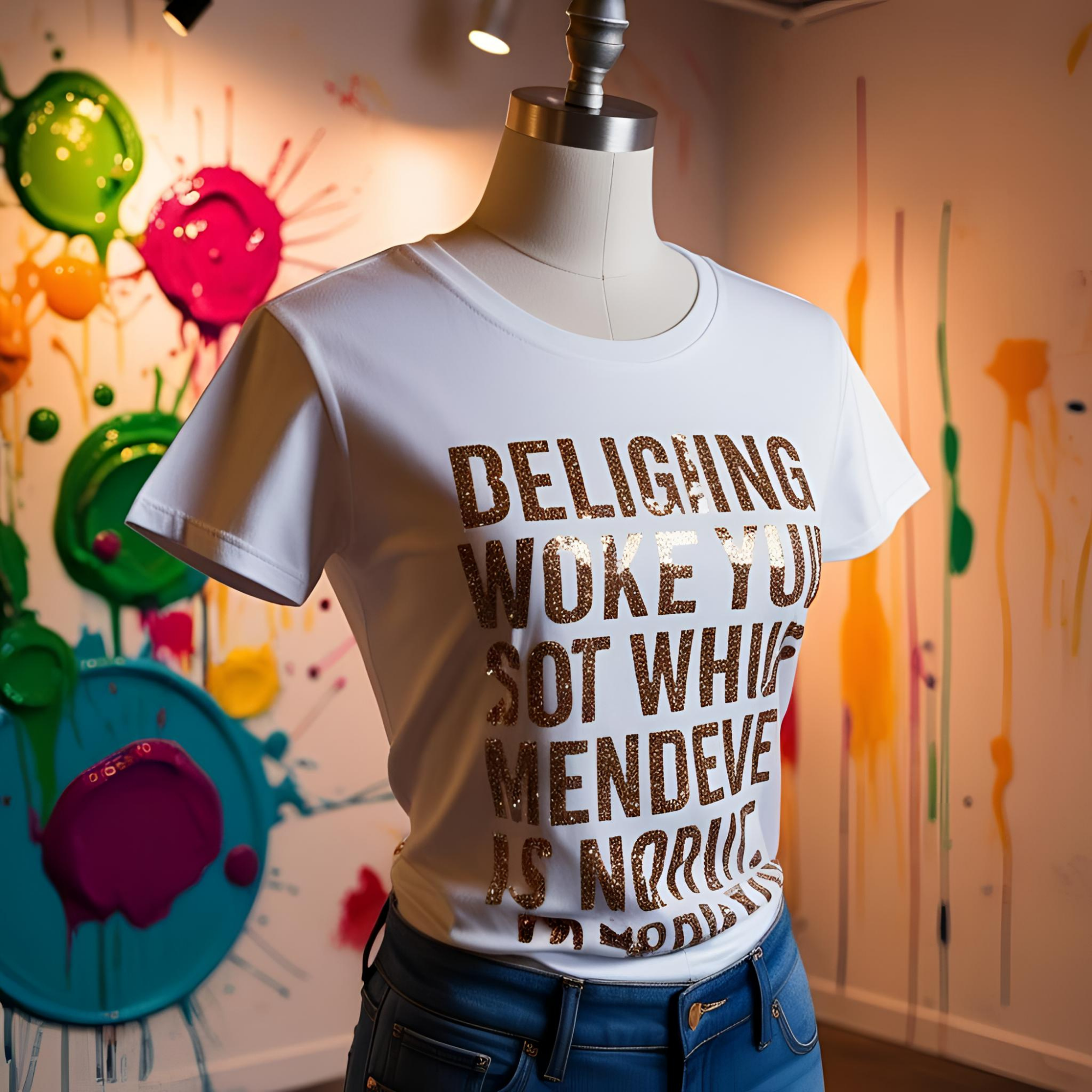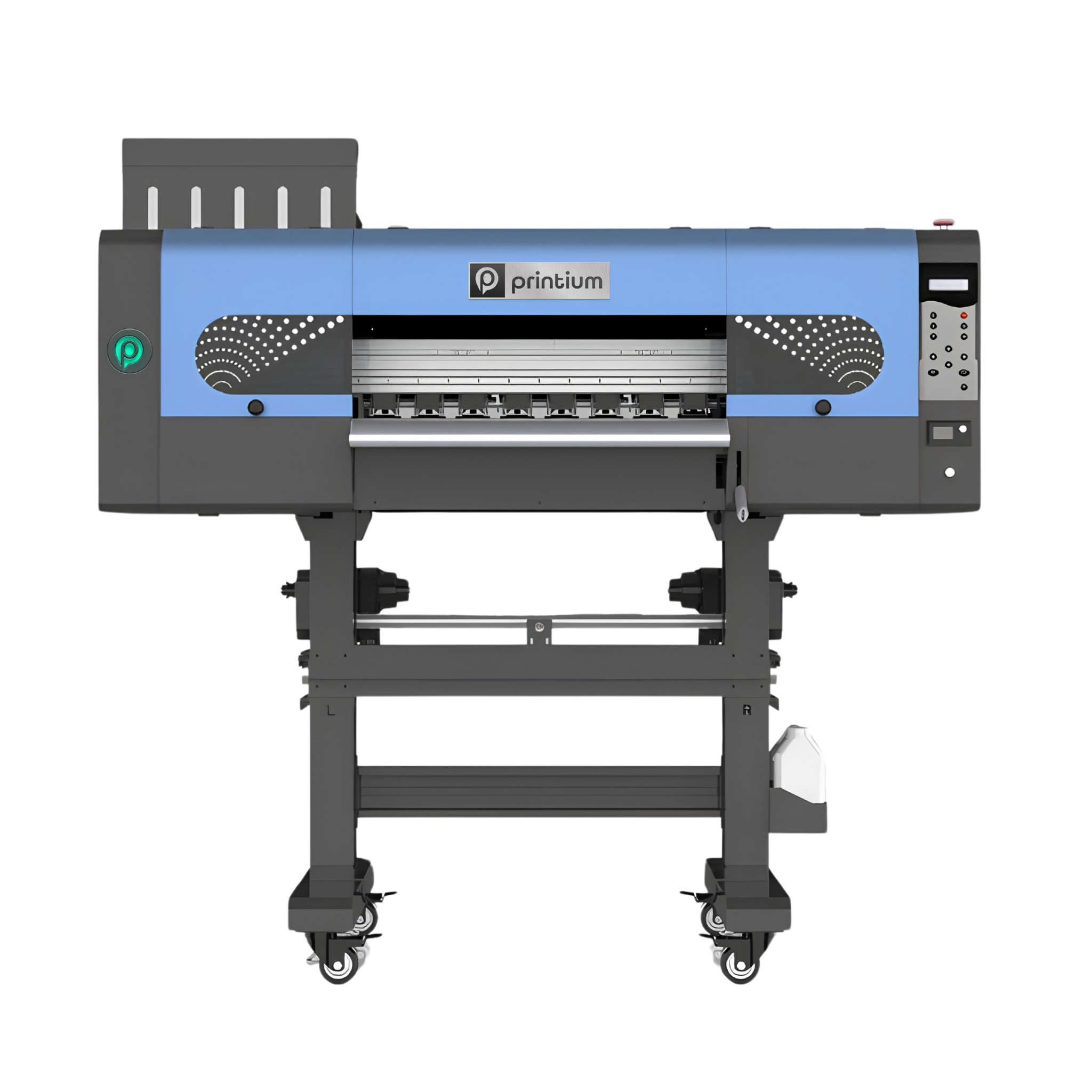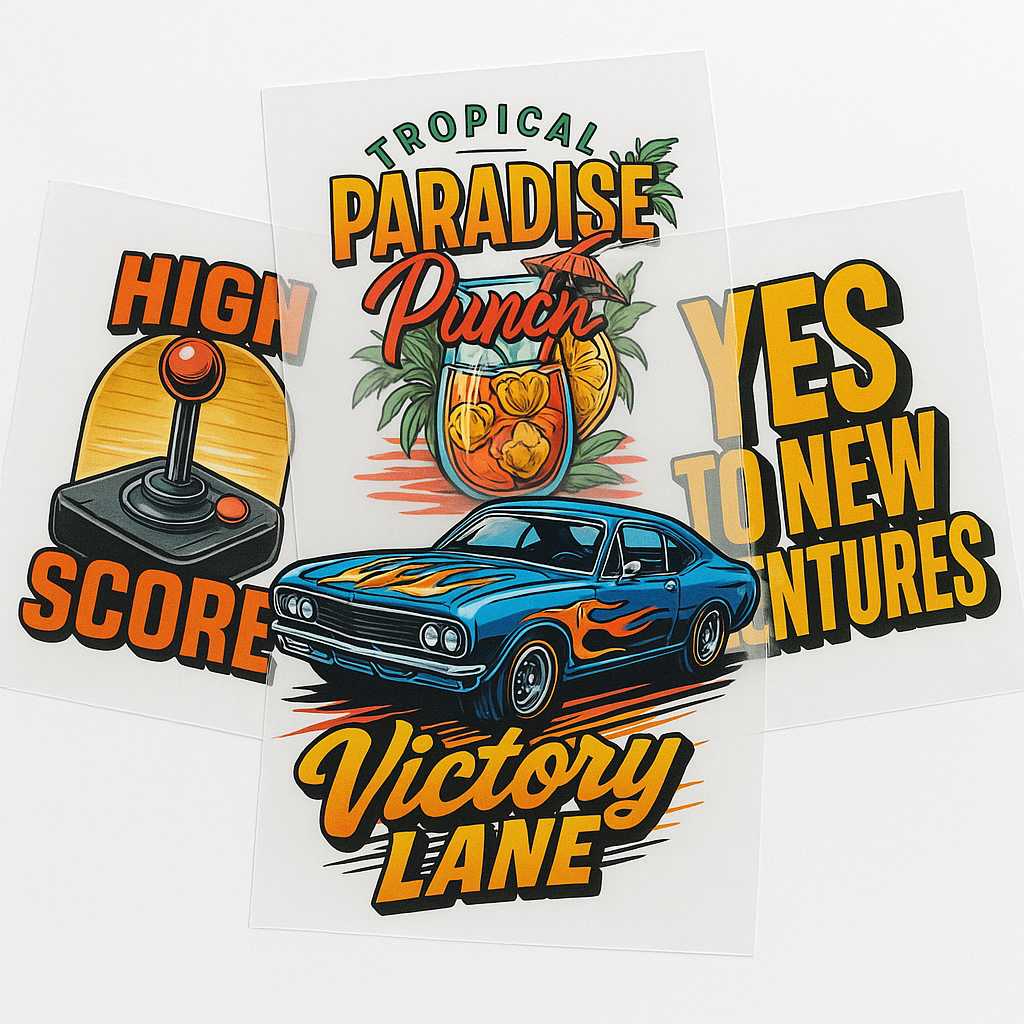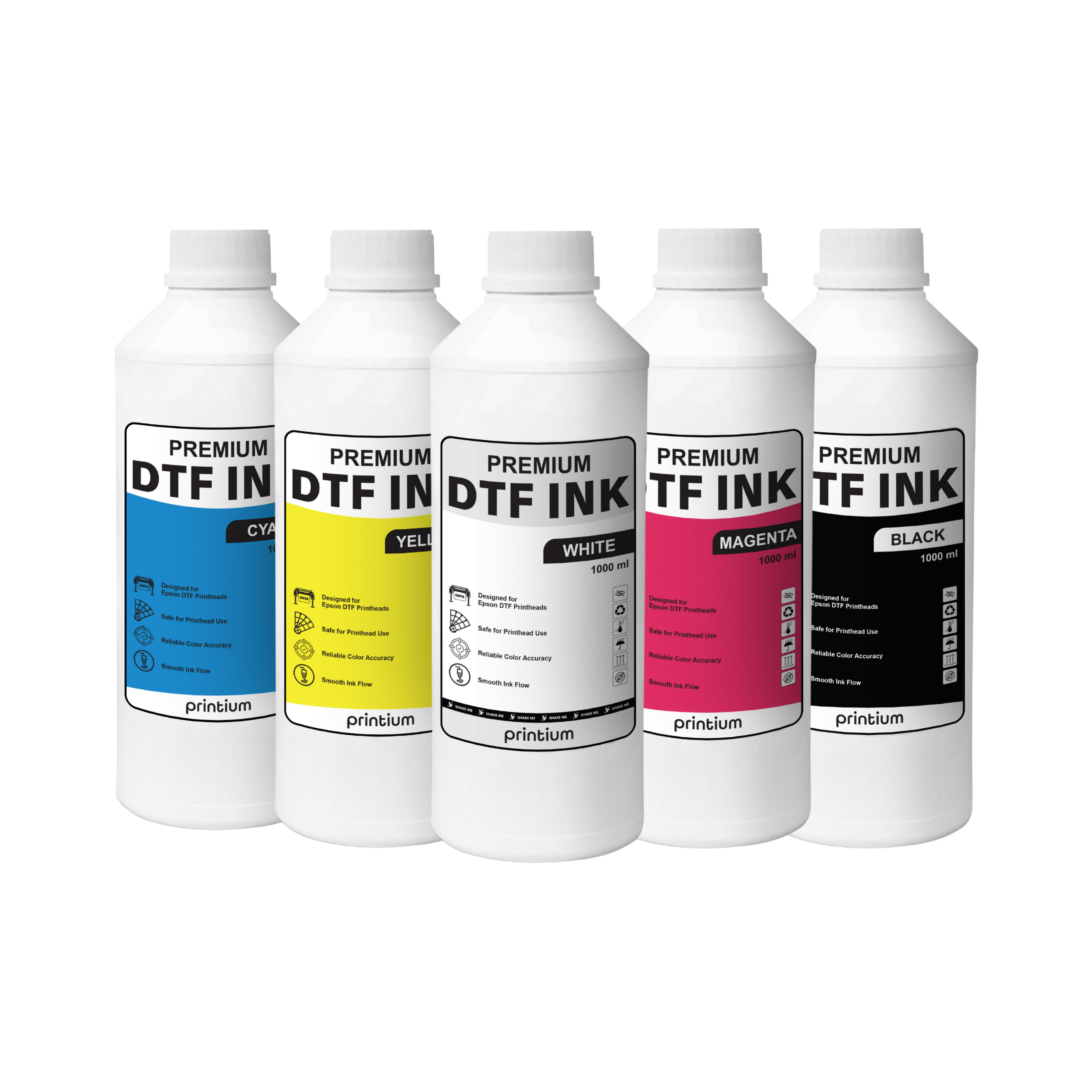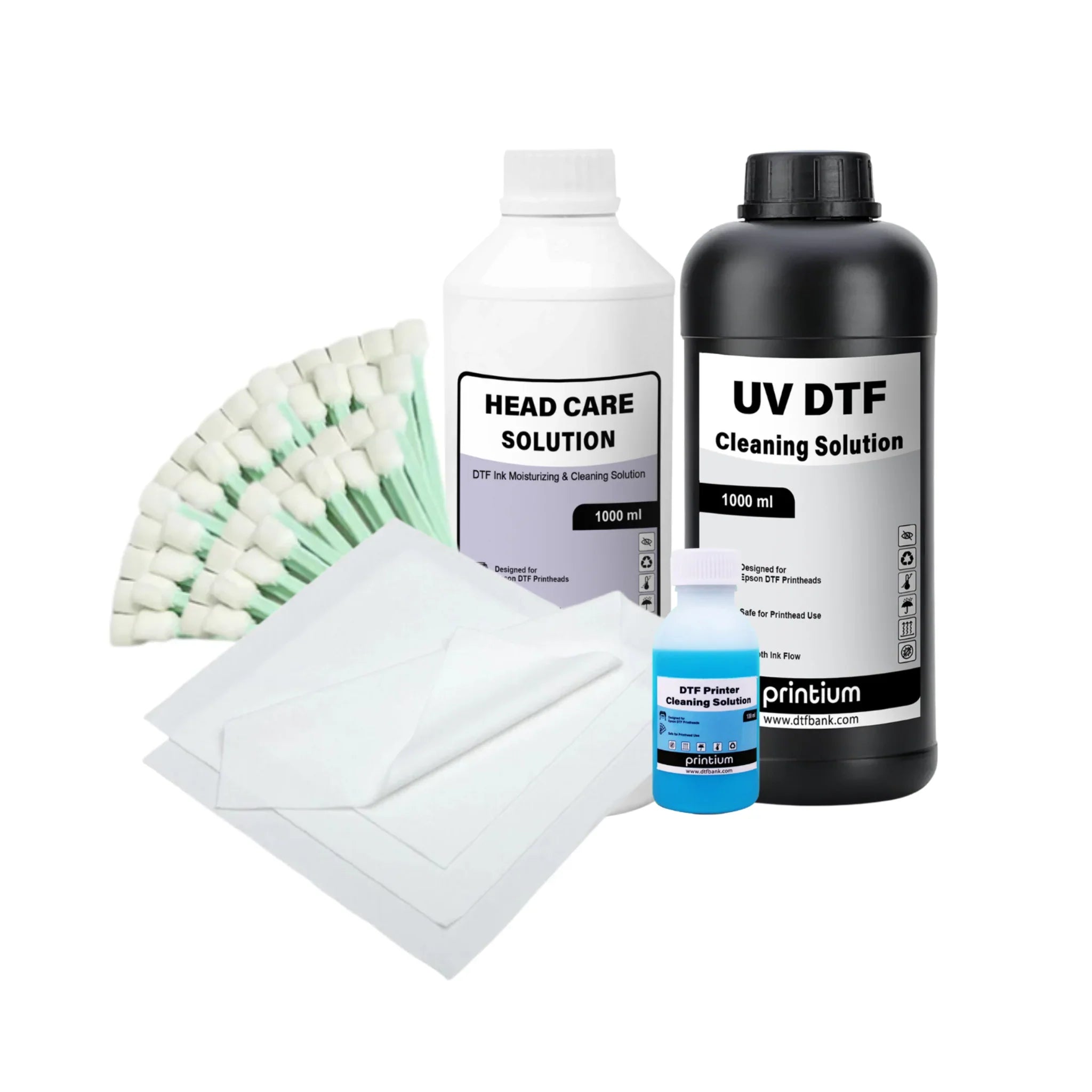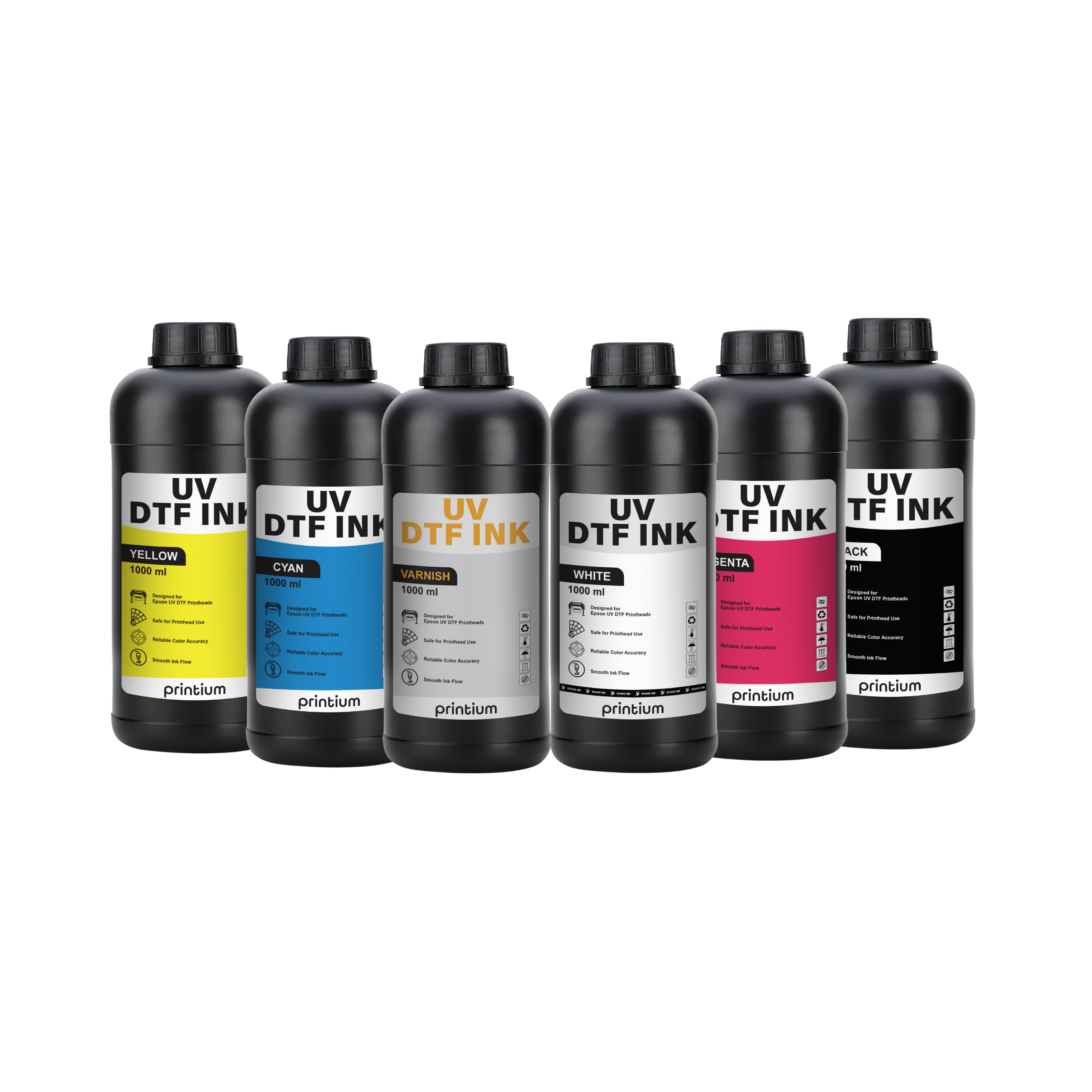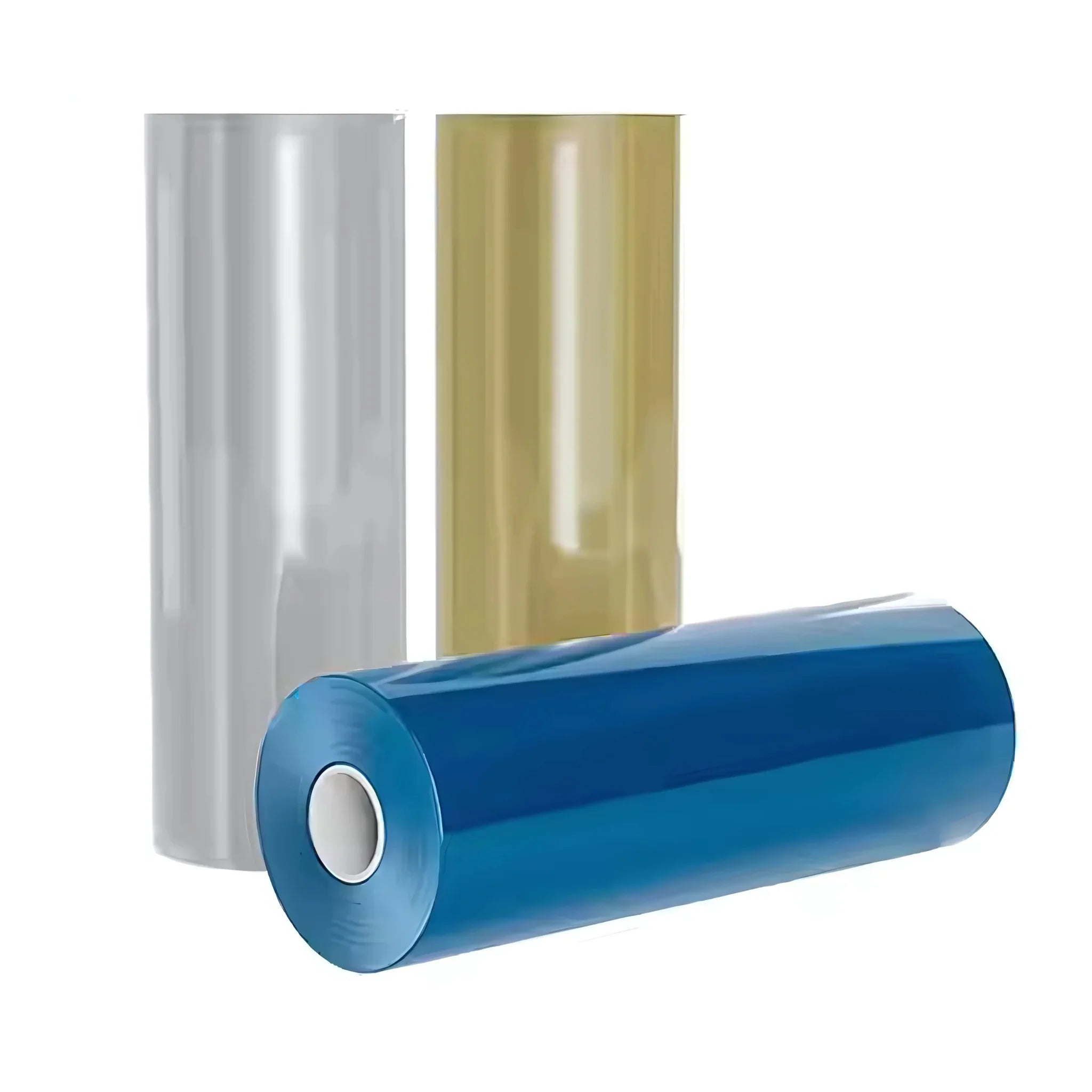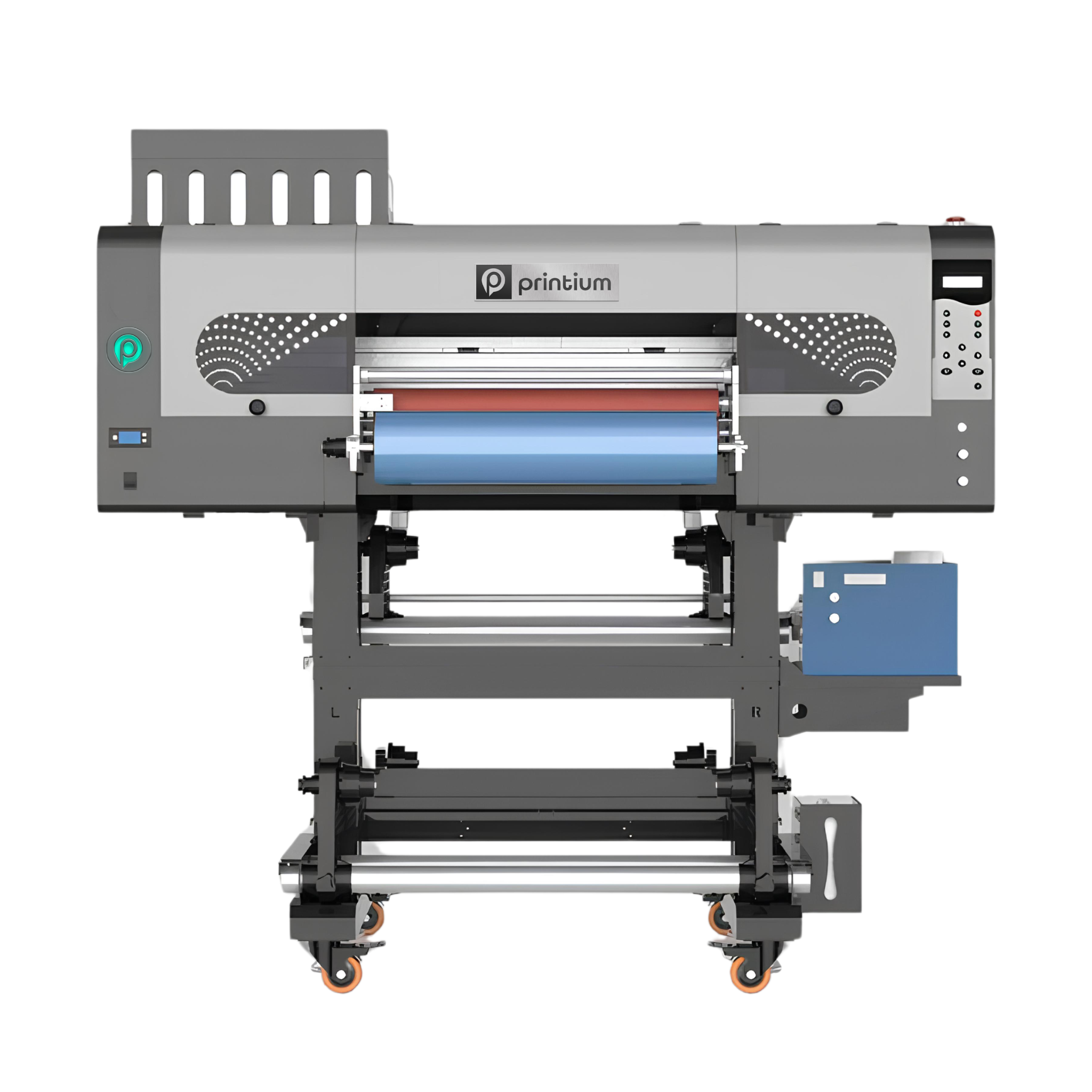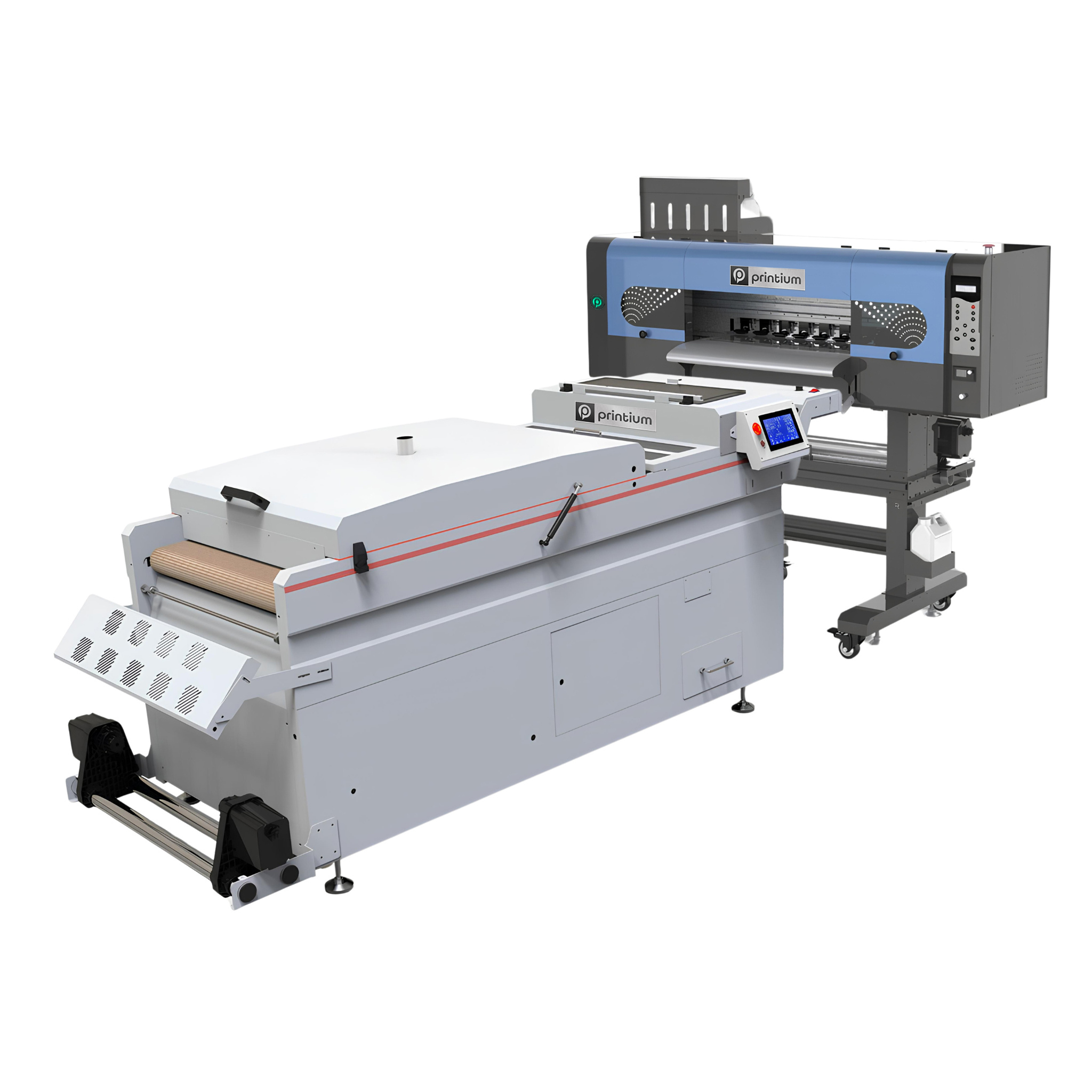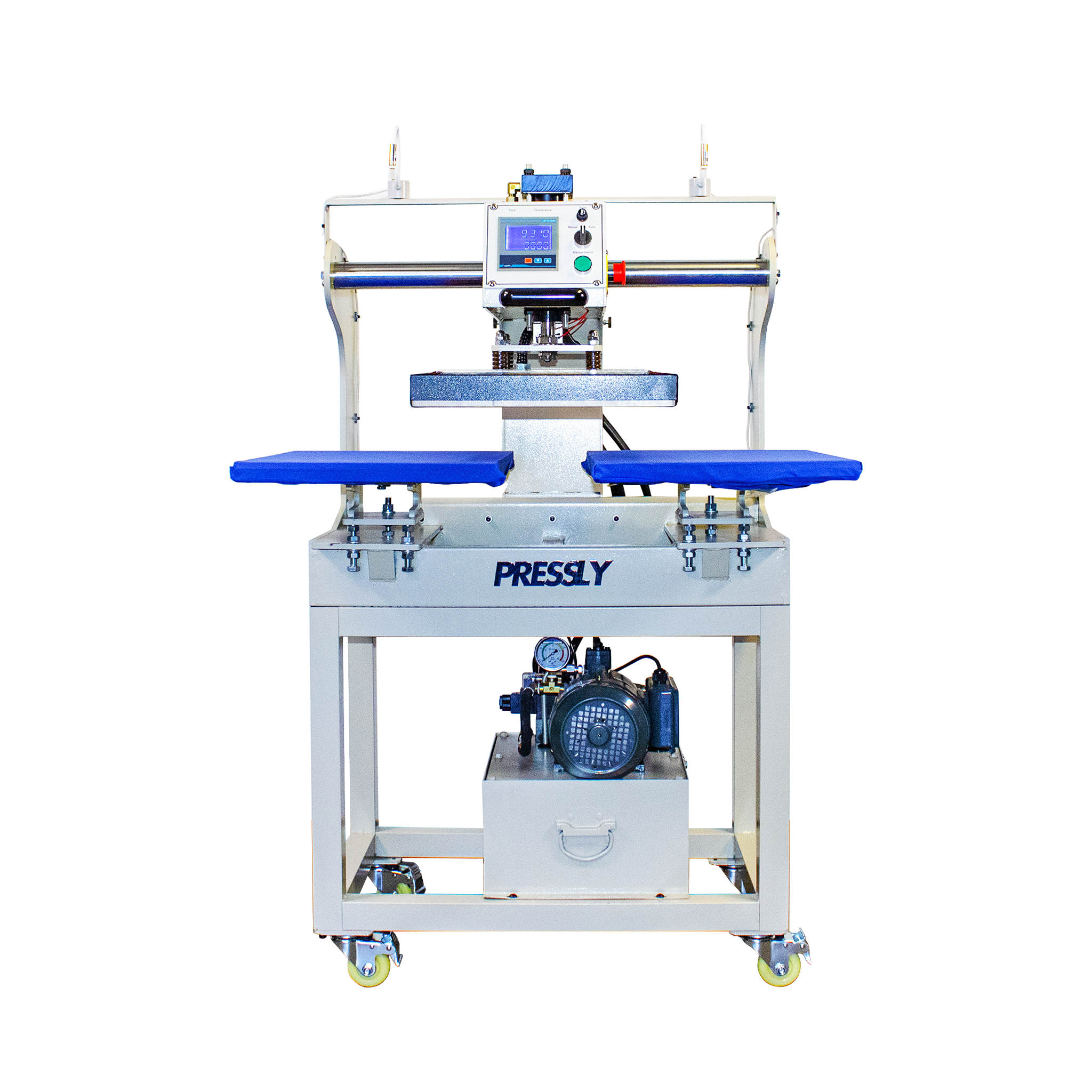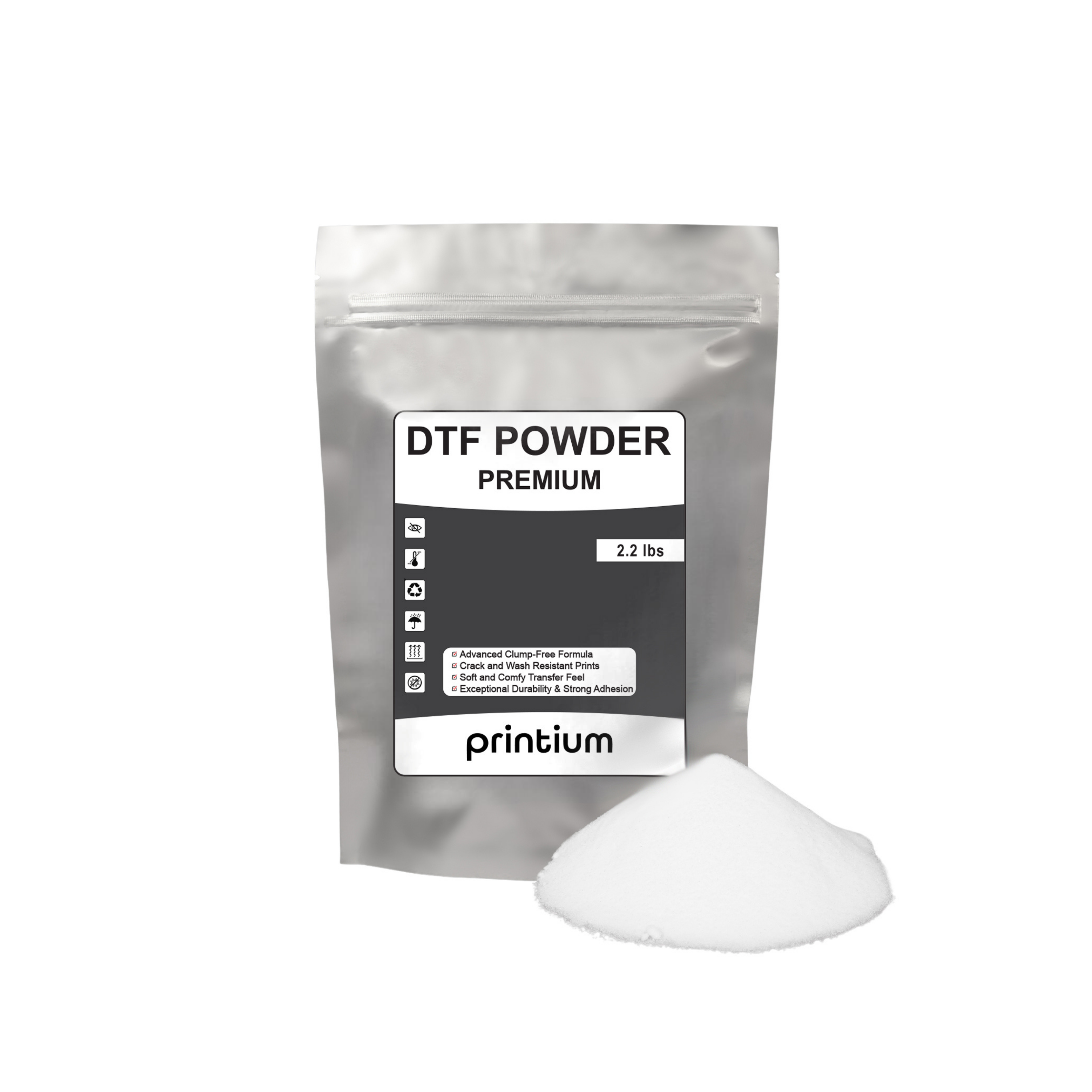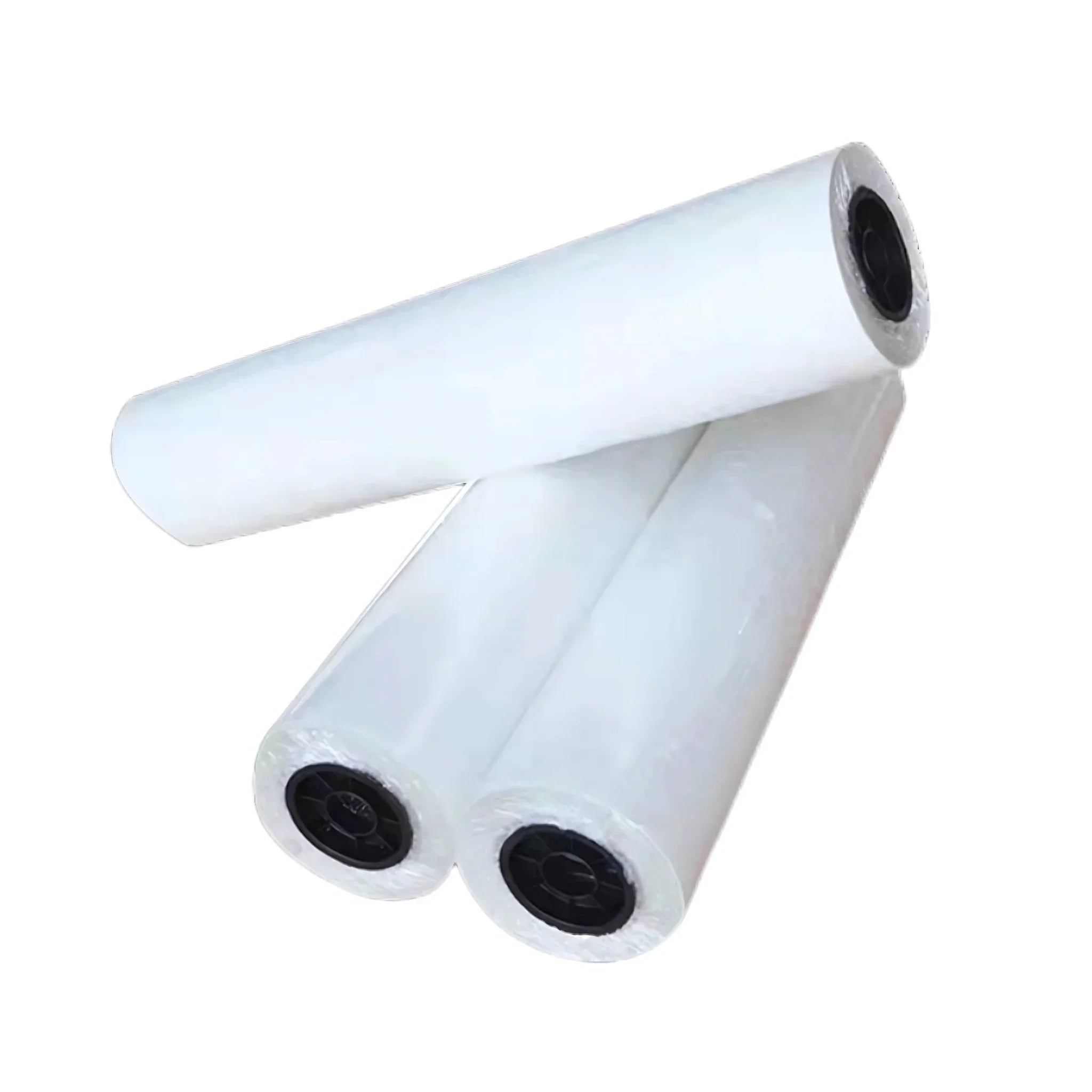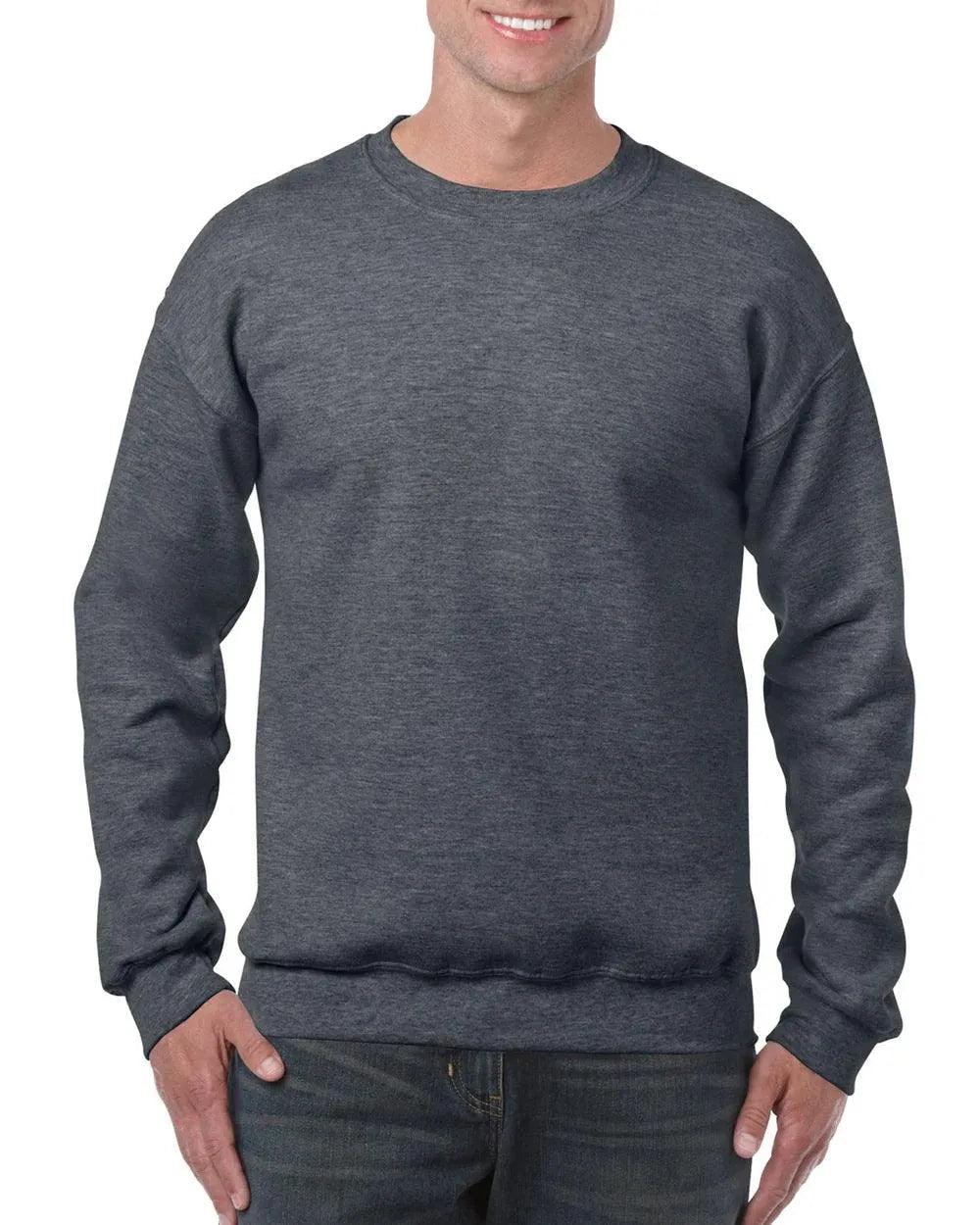
DTF vs DTG : Which One Is Right for You?
DTF vs DTG Custom printing offers multiple technologies, but two methods are particularly popular: DTF printing (Direct to Film) and DTG printing (Direct to Garment). Both methods deliver high-quality prints but differ significantly in their applications. In this article, we will compare DTF and DTG printing, helping you choose the right option for your business or personal projects.
Understanding DTF Printing
DTF printing uses a unique process where designs are first printed onto a special film, then transferred to a substrate—such as fabric, wood, or metal—using heat and pressure. The design is printed on the film with high-quality inks, followed by an application of adhesive powder. After curing the adhesive, the design is transferred to the desired surface. Known for its vibrant colors and durability, DTF is suitable for both small and large batches.
How Does DTG Printing Work?
DTG printing works similarly to traditional inkjet printing, where ink is directly applied onto the fabric or garment. This technique uses water-based inks, creating detailed designs with sharp lines. DTG is best suited for light-colored cotton fabrics but faces limitations when printing on darker materials.
Key Differences Between DTF vs DTG
-
Material Compatibility
DTF printing can be used on a wide range of materials, including cotton, polyester, leather, and even hard surfaces like wood or metal. This versatility makes DTF a strong choice for a variety of custom products.Conversely, DTG printing excels primarily on cotton fabrics. Although some innovations allow DTG to print on other materials, it remains optimized for lighter-colored cotton garments.
-
Print Quality
With DTF printing, you can expect high-quality, vibrant prints with excellent color accuracy. This method produces sharp details, and the prints last long without fading, cracking, or peeling.While DTG also provides high-resolution prints, it may not achieve the same level of color vibrancy as DTF, especially when printing on darker garments. The durability can also vary, particularly on darker fabrics.
-
Speed and Efficiency
DTF printing offers speed, especially when printing multiple designs simultaneously. Since the process involves printing on film and transferring to various substrates, it tends to be quicker for bulk orders.On the other hand, DTG printing is fast for one-off prints but slows down significantly for larger orders. Each garment is printed individually, making it more suitable for small batches or custom jobs.
-
Cost Considerations
DTF printing is considered cost-effective for high-volume production. The materials used (film and adhesive powder) are affordable, making it an ideal solution for businesses needing to produce large quantities at lower costs.DTG printing requires specialized inks and printers, which often come at a higher upfront cost. The process is more expensive for dark-colored garments due to the need for white ink. However, DTG is cost-effective for smaller print runs.
-
Durability and Longevity
DTF prints are known for their durability. They resist fading, cracking, or peeling, even after many washes, thanks to the adhesive powder that ensures the design stays intact.Although DTG prints can last long, they don’t offer the same durability as DTF prints, especially on darker materials. The colors may fade over time, particularly when lower-quality materials are used.
When Should You Choose DTF Printing?
DTF printing is perfect for businesses or individuals who need flexibility and cost-efficiency when working with various materials. It's especially beneficial when:
-
You want to print on non-fabric items like wood, leather, or metal.
-
You need vibrant designs on both light and dark fabrics.
-
You're producing large volumes of custom products at a reduced cost.
-
You’re looking to expand your custom product range (e.g., t-shirts, accessories, or home decor).
When Should You Choose DTG Printing?
DTG printing is ideal for those who focus on printing high-quality designs on cotton fabrics. It works best when:
-
You're working with light-colored cotton garments.
-
You need custom one-off designs with minimal setup.
-
You want to print intricate, multi-color designs.
-
Your project involves small batches or personalized items.
Conclusion DTF vs DTG
Both DTF vs DTG printing offer incredible potential for custom printing. If you’re looking for versatility in materials, faster production, and durability, DTF printing may be your best option. For those who focus on detailed, vibrant designs on cotton fabrics, DTG printing could be a better fit.
When deciding which printing method to choose, consider factors such as material, print quality, production speed, and cost to find the most suitable solution for your creative or business needs.
